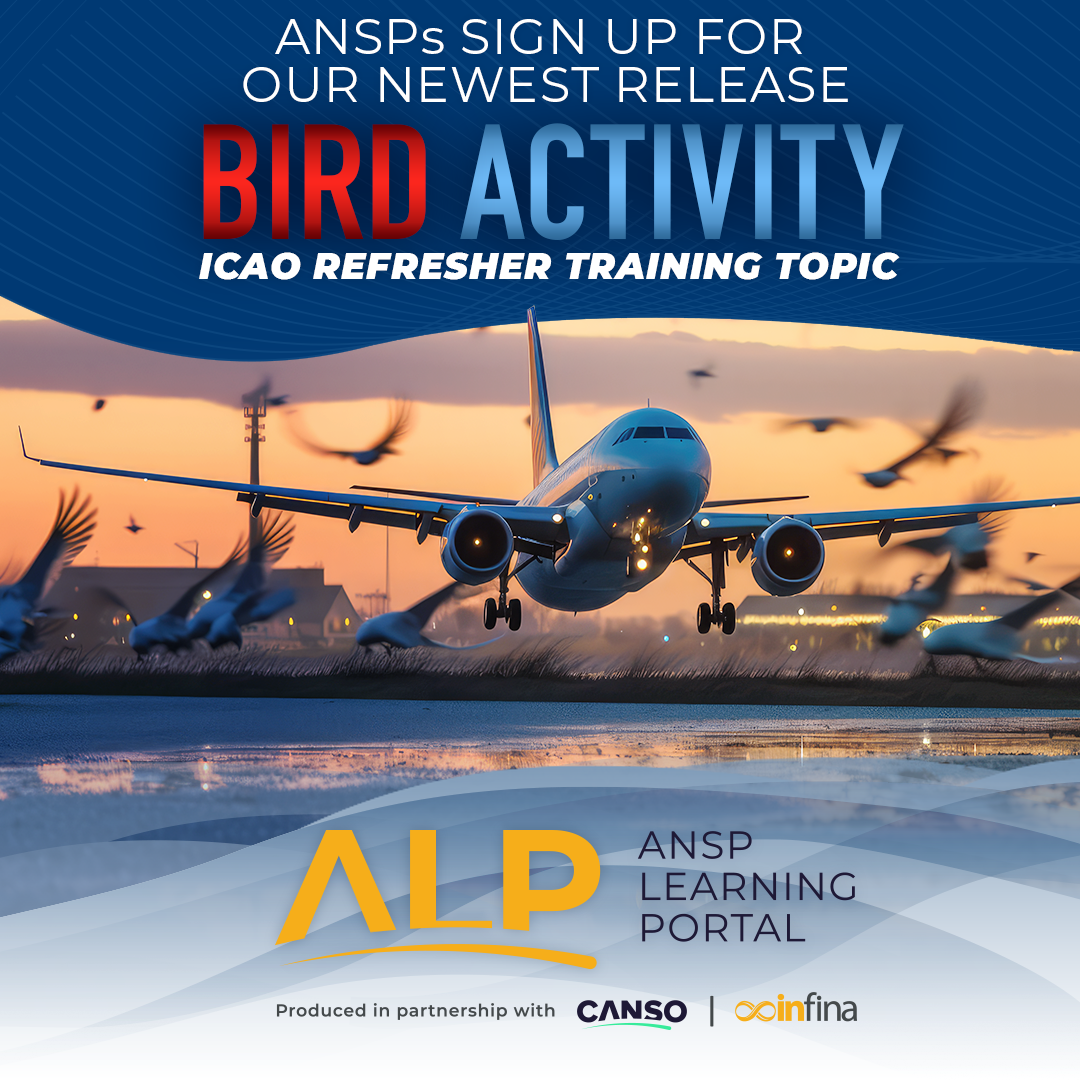Managing summer traffic – the view from Austro Control
To learn about how CANSO Europe members are managing the busy summer travel season, Johnny Pring, CANSO’s Manager Europe Policy and Advocacy, has conducted short interviews with some senior managers. In the third interview of this series, he spoke to Philipp Piber of the Austro Control Management Board, about the Austrian ANSP’s approach.

What traffic situation do you expect in Austria this summer compared to last summer?
Based upon the STATFOR High Scenario, Austro Control planned with approximately five to six per cent compared to summer 2024. However, the latest updates indicate a traffic increase of around 12 per cent.
Is Austro Control applying airspace optimisation measures and changes to sector configuration to enable more capacity and/or increase flexibility to respond to traffic fluctuations?
Yes, Austro Control has just implemented an additional vertical sector layer enabling flexible sector management based on demand and optimized capacity exploitation. Furthermore, Austro Control is going to implement a substantial sector reconfiguration project in 2026 expected to deliver benefits for summer 2026.
Has Austro Control implemented any new ATM system functionalities or technology innovations that will help accommodate more traffic? If so, do you expect that they will already bring benefits this summer, or only in coming years?
Austro Control is operating a modern state-of-the-art trajectory-based ATM system and support systems, which is undergoing continuous improvements and enhancements. Latest updates related to safety nets and support functions (e.g. facilitating flight plan adherence and flexible sector management). The next planned implementation will be a ‘complexity tool’, expected to be operational by summer 2026. More capacity-enabling functions are expected in 2028 and beyond when the new ATM system is going to be introduced.
What measures is Austro Control taking to ensure you will have enough staff to deal with the expected traffic?
Austro Control has been ramping up its recruiting efforts since the Corona crisis and has recently surpassed the pre-crisis levels of applicants. Training facilities are operating at their maximum capacities, however, being dependent on operational staff. During summer season non-operational activities are stopped to focus on operations.
How is Austro Control working with the Network Manager (NM), airlines and airports to prepare for the summer?
Austro Control has always been working closely together with NM according to the prescribed working procedures. When it comes to the handling of adverse weather, Austro Control has been recognized as role-model and provides best practices to other ANSPs.
Is Austro Control undertaking any other measures to deal with summer traffic?
As far as available, Austro Control is pre-tactically calling in additional staff to support operations and alleviate the impact of adverse weather situations. The Austro Control MET department is dispatching MET officers directly to the OPS room to facilitate the tactical planning during days of adverse weather.
How will Austro Control continue to ensure a high level of safety during busy summer periods?
For the upcoming summer Austro Control took a multitude of measures to avoid safety-related occurrences like sector overloads, etc.:
- Comprehensive briefing of all OPS-personnel (e.g. Supervisors, ATCOs, Flow Management Position-staff) on how to deal with traffic peaks, adverse weather, etc. prior to the summer period
- Close monitoring and immediate action according to information gathered by safety reporting
- Maximum use of support tools to reduce ATCO-workload
- Recent implementation of additional self-specified safety nets/monitoring aids
- Calling in additional staff to support operations if increased complexity is foreseen
What long-term solutions do you believe are needed for Austro Control to be able to provide more capacity in future summer travel periods?
- Accurate and binding long-term schedule planning of aircraft operators
- Realistic Flight Plans and improved Flight Plan-adherence.
- Improved usage of Controller Pilot Data Link Communications and inter-unit data exchange.
- Incremental and disruptive technological improvements in ATM systems as well as airborne equipment (e.g. decision support tools, automation, direct interaction between ATM-systems and on-board equipment)


